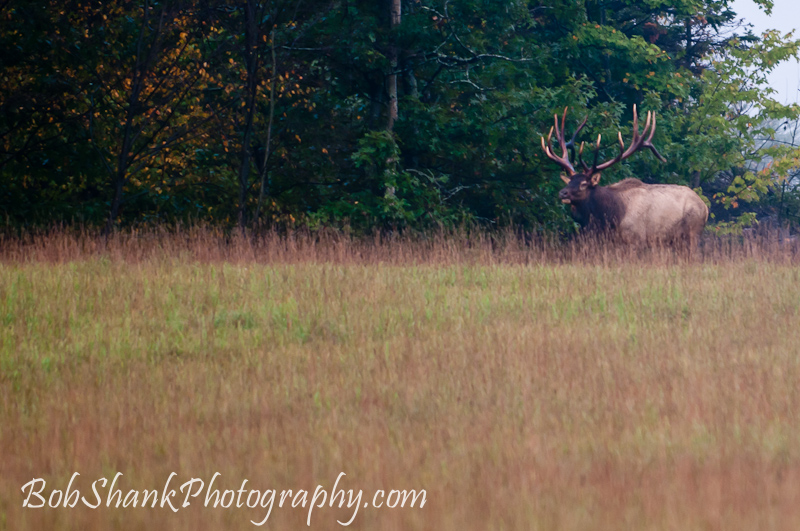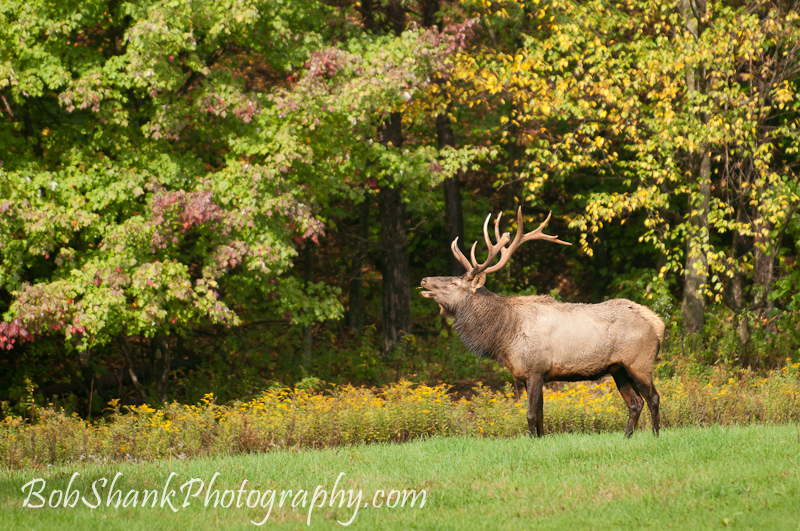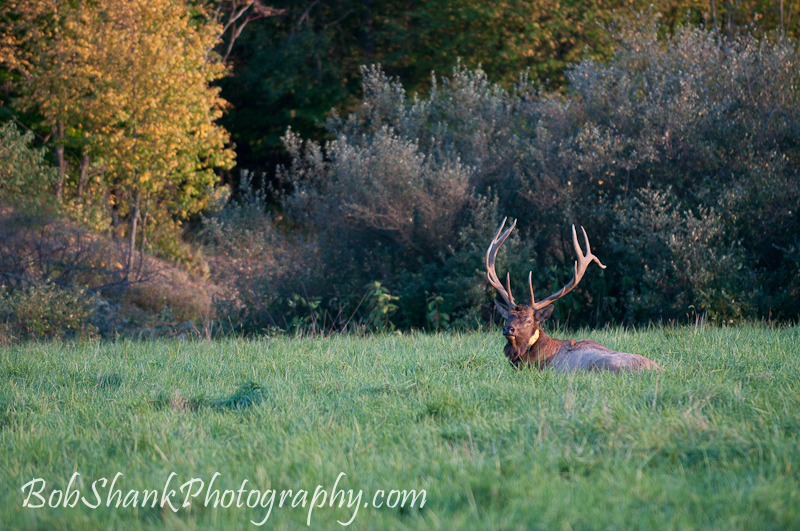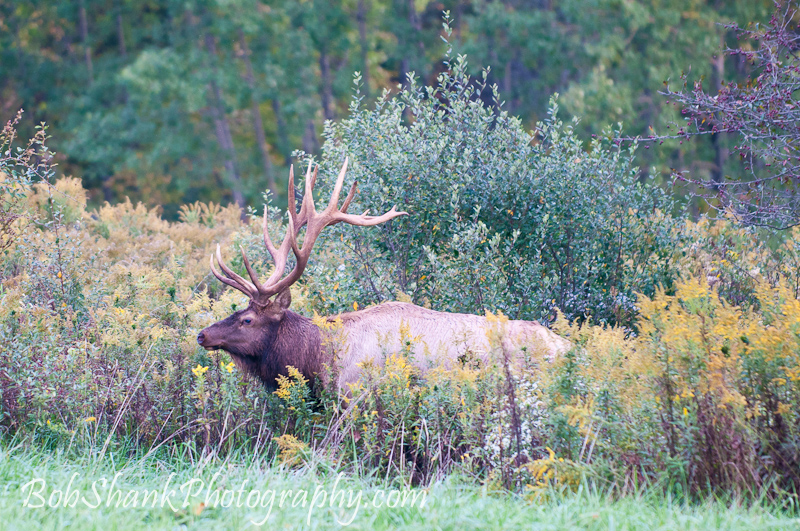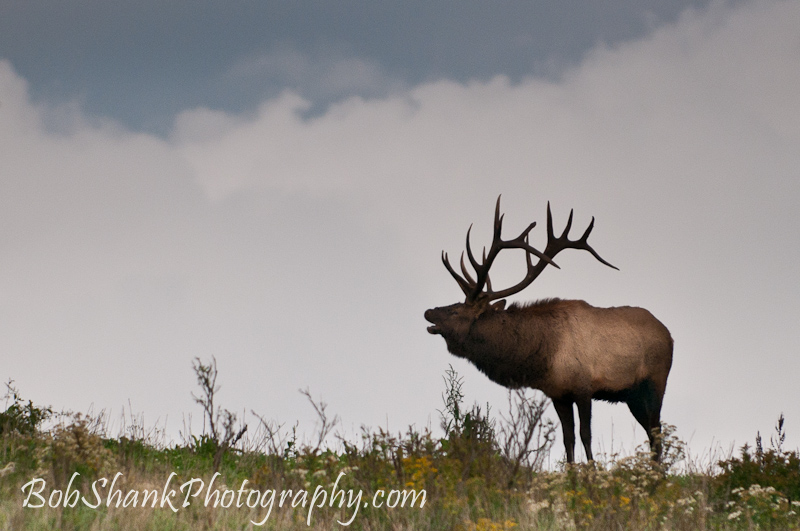
I like wildlife photography. Yep, I like it a lot! I actually like just about any kind of photography and I am currently active in sports photography, some musicals and plays, and a few other assignments as well. But given the choice, I will pick wildlife photography above all the others any day of the week!
Why?
Well, let’s see. First of all the subjects are beautiful, majestic, live in an awesome environment, and don’t talk back too much! That old saying is certainly true: “A bad day of wildlife photography is better than a good day at work.” But beyond the obvious, who could complain about spending a day outdoors in the beauty of God’s creation? Nature is absolutely spellbinding to observe and be a part of as a photographer. Even when our subjects do not cooperate or even show up, there is plenty of other things to observe and photograph. Landscapes are just one example, but smaller animals, insects, spider webs and more can be great alternative subjects.
Not that long ago, someone told me that you cannot be a wildlife photographer–it just doesn’t pay enough. I liken it to how most people honestly discourage youngsters away from professional sports, saying the odds of ever making it to the pros is just too big of an obstacle. Okay, there is no doubt that the chances are slim, but some people make it, don’t they? So why can’t you be that one?
I love it when people add their two cents, challenge me, and say, “You’ll never do that!” This happened to me at an early age and I’ve spent some quality time during my life proving people wrong! Maybe this is another reason why I like wildlife photograph–it is difficult and presents incredible challenges. I say, “Bring ’em on!”
Another aspect of wildlife photography I enjoy is the classroom-learning I experience in the field. I learn far more out in the wild than I ever do from any book or seminar. Don’t get me wrong, I do believe in the power of books and I have a good library of them, too; but the observations and learnings I experience on my own outings are far more powerful.
Wildlife photography has also provided me with numerous new friendships and collegial relationships–much more than I could ever have imagined! The bond we have among us is second to none. I feel more kinship with other outdoor photographers than I do competition. Not everyone feels this way I suppose, but I actually enjoy seeing other’s perspectives and photographic eye. This not only helps me learn to see things differently, but reminds me that there is plenty of space for us all. I made some very good friends over the past few years, all because of my interest in wildlife photography. This is a huge reason why I like wildlife photography.
Lastly, my longtime belief that “there is no place like the mountains” is probably the number one driving force in my enjoyment for wildlife photography. I love the mountains, and spending time trying to photograph wild animals puts me in the greatest place on earth! When I am at work in my outdoor office it doesn’t feel like work at all!
These are just a few of the reasons why I like wildlife photography so much. I enjoy the challenges as well as the people and places wildlife photography brings to my life. I am a better person because of my involvement in wildlife photography and I truly hope that at least a few of my photographs can begin to adequately show just how special and amazing wildlife photography is to me!







